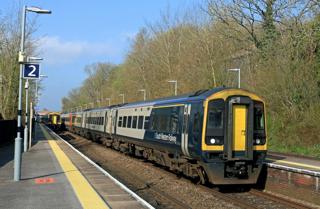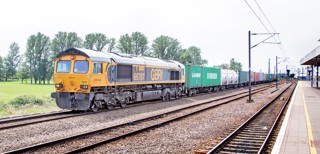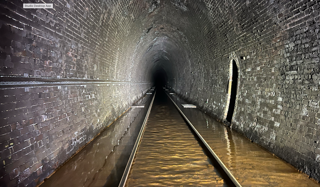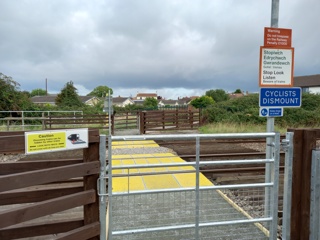Key figures in Manchester and Salford have stressed the many benefits that Network Rail’s £150 million Ordsall Chord project will bring, in the face of yet another challenge from civil engineer Mark Whitby as to the scheme’s legality.
The new chord, presently due to open by December 2017, will join the railways to the north and south side of Manchester city centre for the first time in railway history, giving a through route from Victoria to Deansgate, Oxford Road, Piccadilly and Manchester Airport stations (RAIL 786).
Secretary of State for Transport Patrick McLoughlin announced his approval of the Transport and Works Act Order (TWAO) application on March 25 2015 (RAIL 772), only for Whitby to subsequently appeal against this decision in the High Court.
The High Court decided on October 14 2015 to reject Whitby’s arguments (RAIL 786), after which preparatory work started immediately, and in early January building work began on the Chord’s foundations (RAIL 792).
“In the months ahead work will take place to remove existing structures while preserving their heritage, before the main viaduct is built,” Network Rail said on January 18.
That High Court ruling also refused Whitby the right to appeal. However, Whitby has appealed this refusal, and on January 11 the Court of Appeal granted Leave to Appeal. Thus the former President of the Institution of Civil Engineers is set to launch his third attempt to derail the Ordsall Chord project, on a date to be set later this year. “The grounds of appeal raise important points and have real prospects of success,” the Court of Appeal said.
Reflecting the support for the existing project, Sir Richard Leese, Leader of Manchester City Council and the Greater Manchester Combined Authority’s Lead for Rail North, said: “I agree with the Secretary of State’s original judgement, that this is the right option for the city, the region and the country, and I want to see this vitally important new line opening as soon as possible. Manchester was the city where the rail revolution began in the 19th century, and the Ordsall Chord will enable us to create a railway fit for our 21st century population.”
- For more on this, read RAIL 793, published on February 3.

















J Marsden - 22/01/2016 09:15
How much longer is this one man going to try and scupper the scheme to join the two sides of Manchester conurbation. Hopefully this time he will get the same answer as before and he will also get a judgement to pay ALL the costs in this action